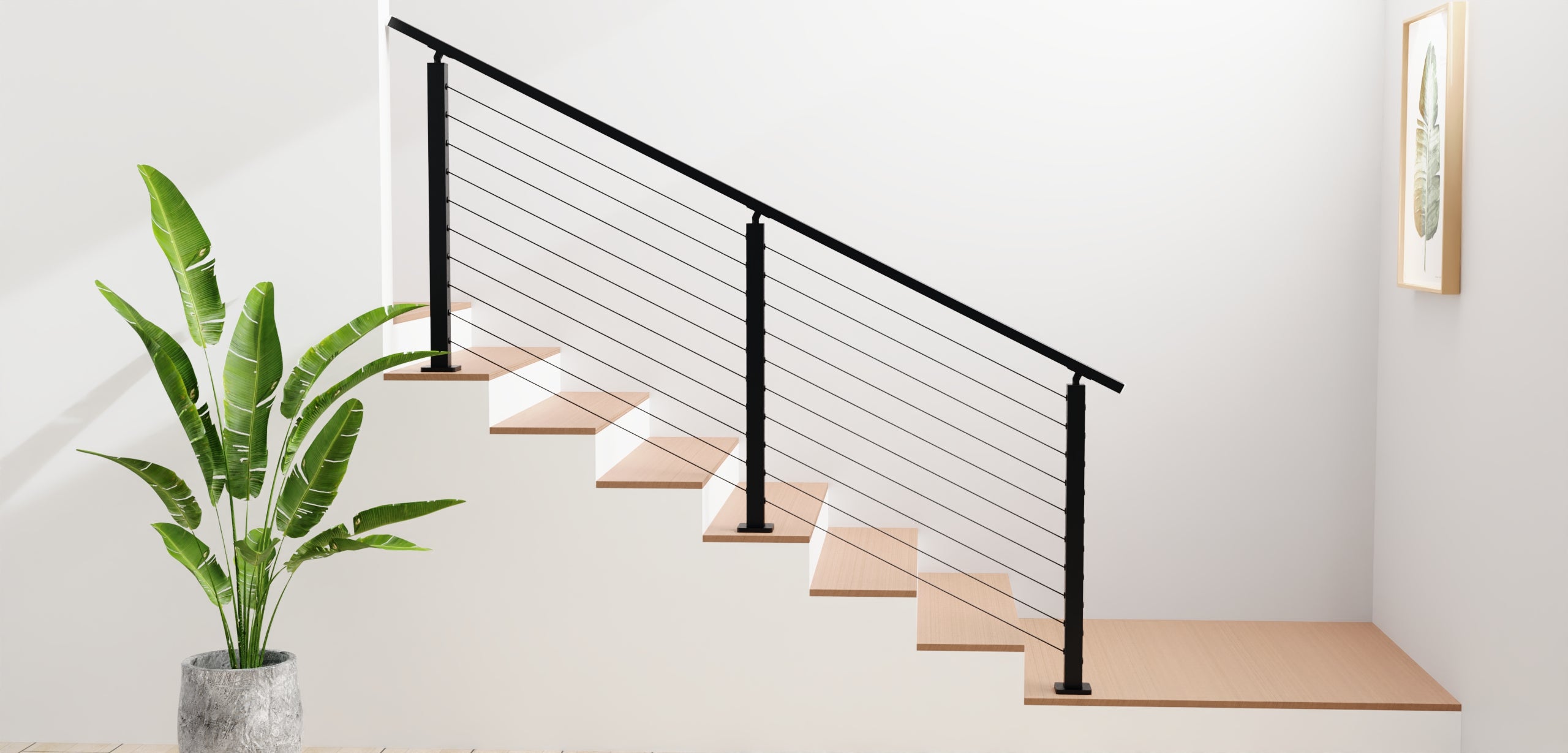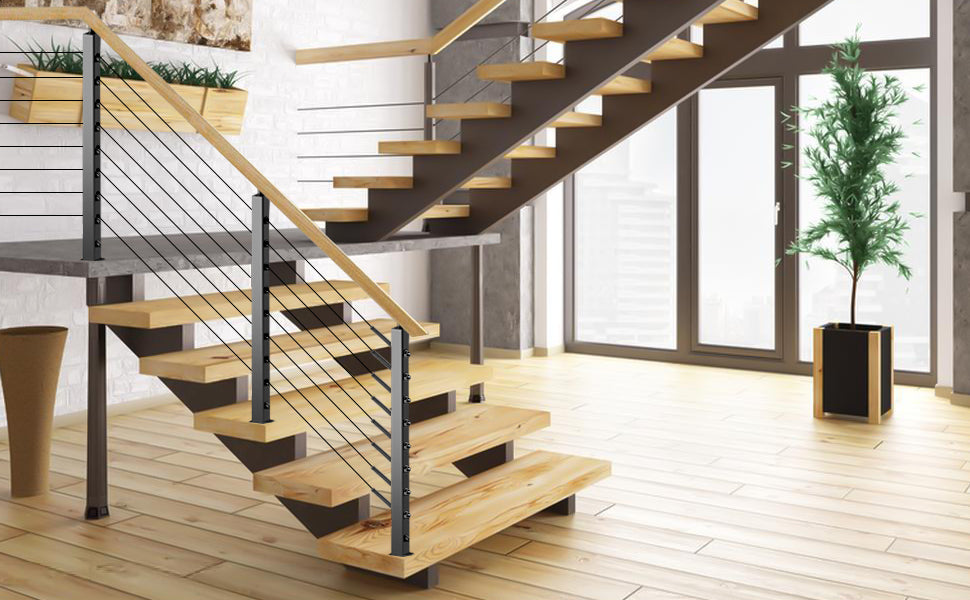
Senmit Cable Railing
Senmit cable railing combines modern aesthetics with durability, offering sleek stainless steel designs that enhance safety and visibility. Easy installation makes it ideal for DIY projects, complementing any architectural style.
Installation videos
-
How to install Senmit Surface Mount Stainless Steel Post Railing System
The Surface Mount Stainless Steel Cable Railing System combines durability and modern design. Ideal for both indoor and outdoor use, this system offers a sleek and unobtrusive solution for enhancing safety without compromising the view. Easy installation ensures a seamless integration into any space.
-
How to install Senmit Fascia Mount Stainless Steel Post Railing System
The Fascia Mount Stainless Steel Cable Railing System seamlessly integrates with your deck or balcony, enhancing both safety and aesthetics. Its sleek design and durable construction provide a modern and unobstructed view while ensuring a secure and stylish space.
FAQ
1. What tools do I need to install Senmit cable railing?
You'll need a drill, measuring tape, level, cable cutter,hydraulic crimper and wrench.
2. Can I install Senmit cable railing by myself?
Yes, Senmit cable railing is designed to be DIY-friendly, making it suitable for beginners with basic tools and skills.
3. How do I ensure the cable railing is level and secure?
Use a level to align posts and tighten cables evenly, following the Senmit guidelines to meet safety and building codes.
4. Are there any specific building codes I need to follow?
Yes, ensure your installation complies with local building codes and regulations to guarantee safety and legality.
5. How much maintenance does Senmit cable railing require?
Senmit cable railing is low maintenance, needing only occasional cleaning and inspection to ensure it remains secure and rust-free.
6. What are the general building code requirements for cable railing?
Building codes generally require that cable railings are installed to prevent a 4-inch sphere from passing through, ensuring safety. Check your local regulations for specific guidelines.
7. How tight should the cables be to comply with building codes?
- Cables should be tensioned tightly enough to minimize deflection and maintain spacing requirements, preventing them from spreading more than 4 inches apart under pressure.
8. Are there height requirements for installing cable railings?
- Yes, typically residential guardrails must be at least 36 inches high, while commercial settings often require a minimum height of 42 inches. Always verify with local building codes.
Contact Us For Further Assistance






